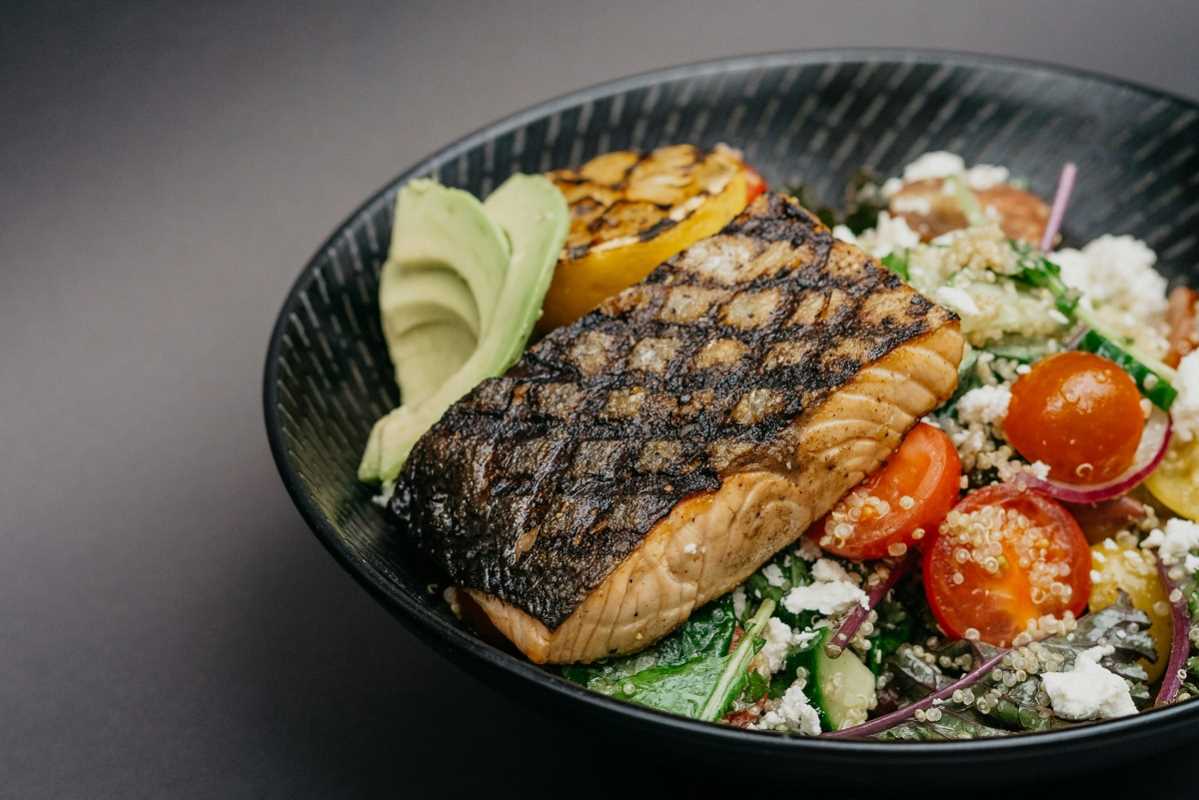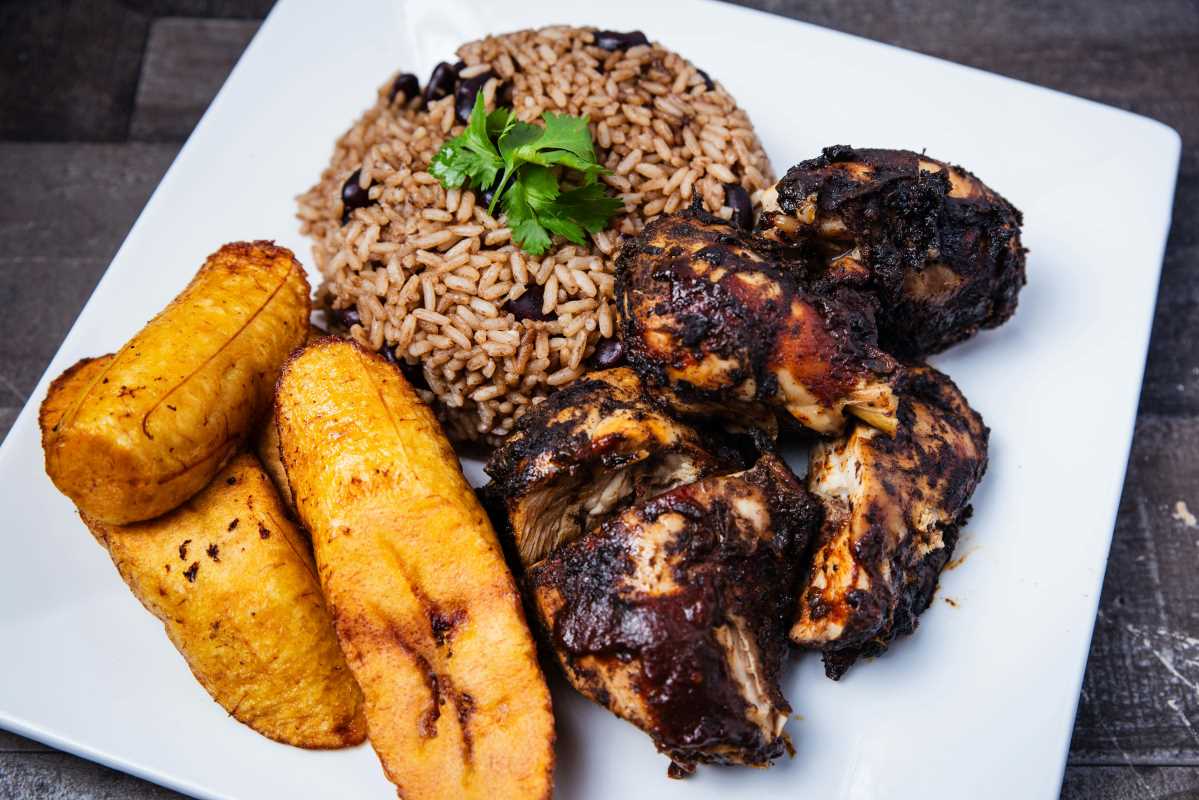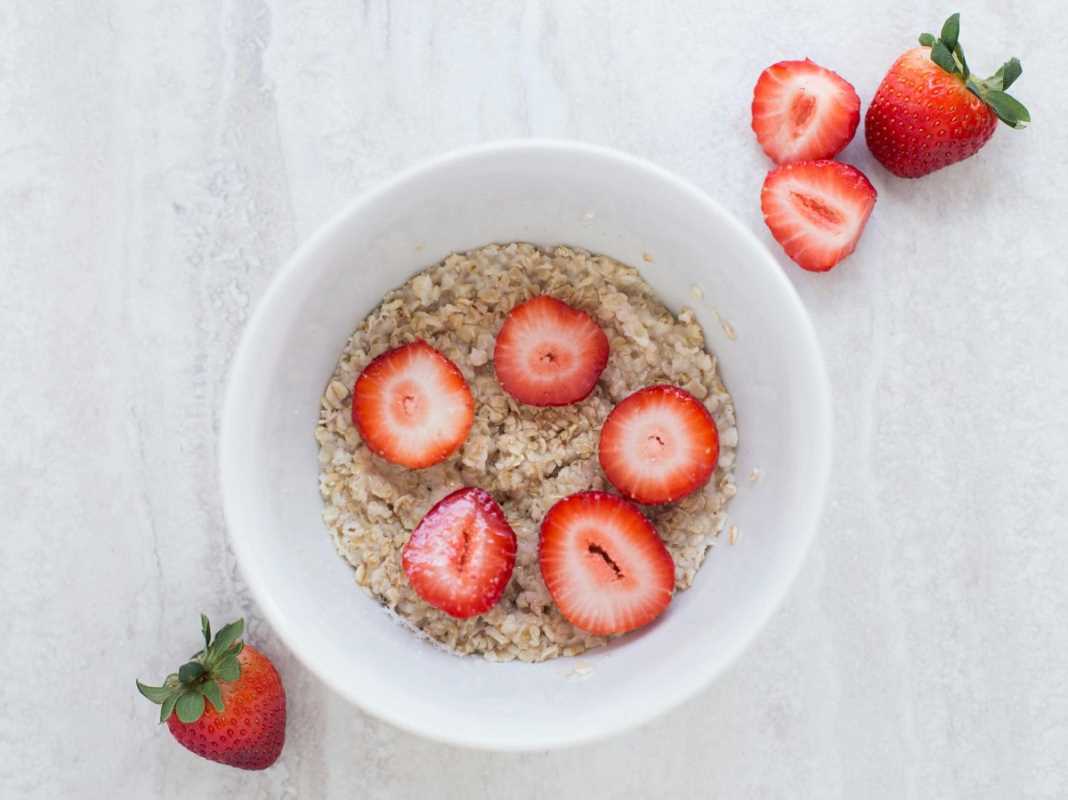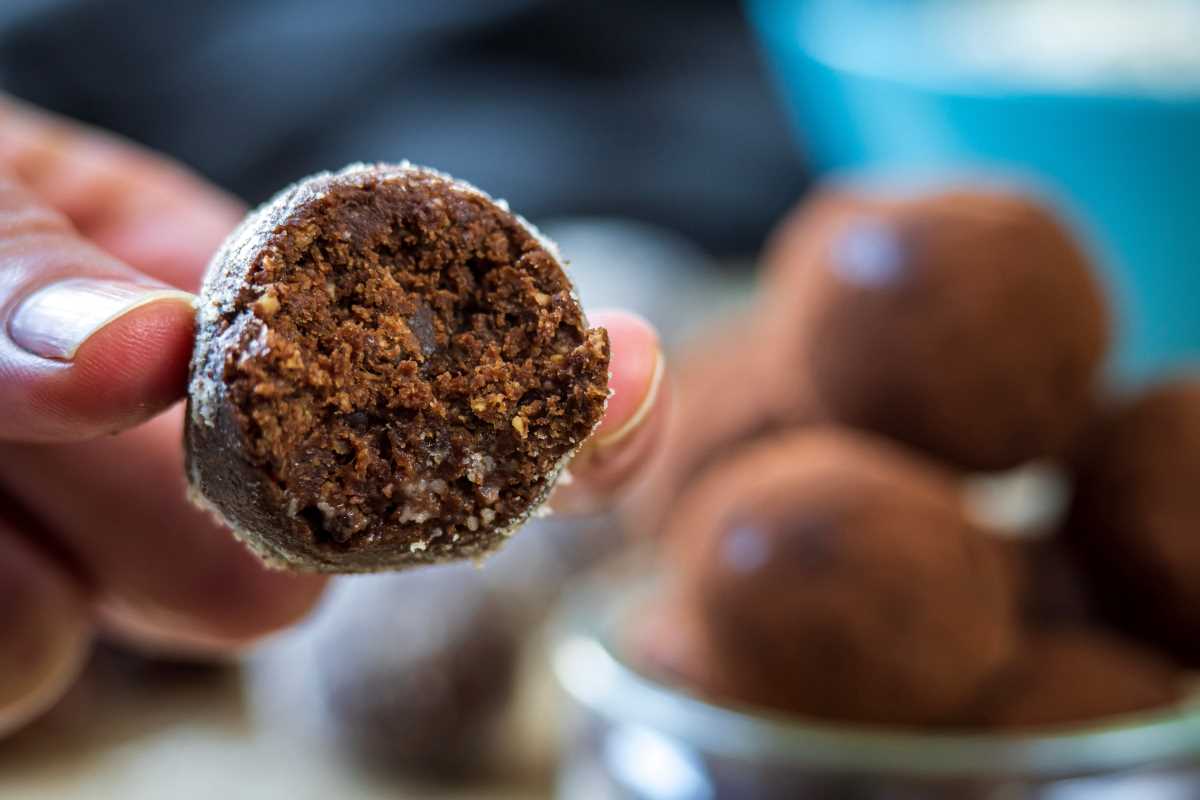Hummus, the creamy and versatile Middle Eastern staple, has transcended its origins to become a beloved pantry essential in kitchens worldwide. While it might often be enjoyed as a simple dip or spread, many people don’t realize its potential to rank as a superfood, especially for fitness beginners looking to establish healthier eating habits. This blend of chickpeas, tahini, lemon juice, and garlic goes beyond being tasty; it’s a powerhouse of nutrients that can support sustained energy, faster recovery, and overall wellness.
This guide explores why hummus deserves its superfood status, dives into its key nutritional benefits, and offers a variety of creative ideas to incorporate it into a fitness-friendly diet. Whether you're just starting on your fitness path or looking to level up your nutrition, hummus could quickly become your go-to ally.
Why Hummus Deserves "Superfood" Status
When we think of superfoods, ingredients like kale, quinoa, or blueberries often spring to mind. But hummus checks every box for the superfood category. It’s nutrient-dense, made from whole and minimally processed ingredients, and offers multiple health benefits in a single serving. For fitness beginners, hummus is an accessible, easy-to-use food that can supercharge energy levels, aid in muscle recovery, and keep you healthy inside and out.
The Nutritional Breakdown
Hummus is deceptively simple yet impressively packed with nutrients essential to performance and recovery alike. Here's a closer look at what a standard 2-tablespoon serving delivers (exact values can vary slightly depending on the recipe):
- Protein: 2-3 grams per serving. Crucial for muscle repair, growth, and overall recovery post-exercise.
- Dietary Fiber: 1-2 grams. Helps regulate digestion and keeps you feeling full for longer.
- Healthy Fats: 5-6 grams. Derived from tahini and olive oil, these fats support heart health and energy levels.
- Complex Carbohydrates: 4-5 grams. They digest slowly, providing sustained energy without causing blood sugar crashes.
- Micronutrients: Hummus contains folate (supports red blood cell function), magnesium (reduces muscle fatigue), potassium (prevents cramps), calcium (strengthens bones), and iron (boosts oxygen transport in the blood).
For fitness beginners, this balanced profile offers sustenance without empty calories, helping you fuel up without compromising your goals.
Health Benefits of Hummus for Fitness
Hummus offers benefits suited to people at every fitness level, but it’s especially helpful to those just starting their health journeys. Below, we break down its fitness-friendly advantages.
1. A Reliable Source of Plant-Based Protein
Chickpeas and tahini aren’t just tasty; they’re also excellent protein sources. Protein is essential for both repairing muscles after a workout and building lean muscle mass. For optimal recovery, fitness beginners can pair hummus with complementary whole-grain foods like pita bread or quinoa to enhance its protein quality and make it complete. For those aiming to shift toward plant-based or vegetarian eating patterns, hummus is an invaluable addition.
2. Sustained Energy All Day Long
Exercise demands energy—but not all energy sources are created equal. Hummus contains complex carbohydrates that digest slowly, offering a steady release of glucose to fuel your workouts or busy daily schedule. It’s also free from the refined carbs found in processed snacks, helping you avoid energy crashes and hunger pangs. This makes hummus an ideal pre-workout or mid-afternoon snack.
3. Digestive Health Booster
Both chickpeas and garlic, key ingredients in hummus, boast digestive benefits. Chickpeas deliver fiber that supports regular digestion and promotes gut health, while garlic contains prebiotics that feed beneficial gut bacteria. A healthy gut is essential for optimal nutrient absorption, which plays a key role in muscle recovery and overall energy.
4. Heart-Healthy Ingredients
Sesame-based tahini and olive oil are rich in monounsaturated fats. These heart-friendly fats help lower bad cholesterol and increase good cholesterol levels, boosting cardiovascular health. For people beginning a fitness program, cardiovascular endurance is often an area to work on, and good heart health will help you meet new challenges with energy and stamina.
5. Essential Minerals for Muscle Function
Calcium, potassium, and magnesium are abundant in hummus and support vital muscle functions like contraction, relaxation, and hydration. They’re particularly essential for beginners, who may experience muscle fatigue or cramps as they adjust to new levels of activity. Incorporating hummus into meals is an easy way to avoid these issues while rebuilding strength.
6. Supports Weight Management
If weight loss or management is one of your fitness goals, hummus can assist by keeping you satisfied between meals. Its fiber content encourages satiety, and its healthy fat profile prevents the temptations of indulging in processed snacks.
Creative Ways to Incorporate Hummus Into Your Diet
Hummus is among the most versatile foods out there. It pairs well with almost anything, making it easy to incorporate into various dishes to suit your fitness routine or personal preferences. Below are even more ideas to keep your meals exciting and nutrient-rich.
Breakfast
- Savory Breakfast Bowl - Spread a large dollop of hummus on a plate, add soft-boiled eggs, cherry tomatoes, arugula, and a sprinkle of za’atar or salt. Enjoy with whole-grain toast for a protein-rich, well-balanced start to the day.
- Hummus and Avocado Toast - Blend hummus with avocado for a creamy toast spread. Top with chili flakes, microgreens, or an egg for added protein.
Snacks
- Stuffed Veggie Boats - Fill celery stalks or mini sweet peppers with hummus. You can top them with sunflower seeds, herbs, or a sprinkle of feta for a crunchy snack.
- Air-Fried Hummus Chips - Air-fry dollops of hummus as crispy chips or bake them into flatbread triangles, creating a healthier substitute for potato chips.
Lunch and Dinner
- Hummus-Stuffed Chicken - Create an easy weeknight meal by stuffing chicken breasts with hummus, cherry tomatoes, and spinach, then baking until juicy and tender.
- Mediterranean Quinoa Bowl - Layer cooked quinoa, roasted veggies, diced cucumber, olives, and your favorite protein. Hummus serves as a creamy topping that ties all the ingredients together.
- Healthy “Deviled” Eggs - Replace the traditional mayo in deviled eggs with hummus for a healthier yet tasty alternative.
Sauces and Sides
- Hummus Pasta Sauce - Blend hummus with some pasta water and lemon juice to create a protein-packed, creamy sauce for your whole-grain pasta. Add in spinach, mushrooms, or grilled chicken to round it out.
- Soup Topper - Instead of croutons, add a dollop of hummus to soups like lentil, tomato, or butternut squash for added protein and creaminess.
- Marinated Hummus - Elevate store-bought hummus by topping it with warm olive oil, chickpeas, chopped parsley, and a sprinkle of smoked paprika. Serve it as an appetizer with whole-grain bread or fresh veggie sticks.
Making Your Own Hummus for Maximum Benefits
While there are a variety of store-bought options available, making hummus at home gives you complete control over the ingredients, ensuring there are no unnecessary additives or preservatives. Plus, experimenting with your own recipe means you can adapt it to suit your preferences.
Flavor Variations
Experiment with additions like roasted garlic, sun-dried tomatoes, spinach, or herbs like cilantro or parsley to create unique flavors that suit your mood or meal. For a spicy kick, add jalapeños or a dash of sriracha.
Tips for Peak Freshness
Always store leftover hummus in an airtight container and consume it within a week. For a smoother texture, consider peeling the chickpeas before blending.
Hummus as Part of a Balanced Fitness Diet
Although hummus is an incredibly nutrient-dense food, fitness beginners should remember to balance it within a broader diet that includes a mix of whole foods. Pairing hummus with fresh vegetables, lean proteins, and complex carbohydrates ensures you meet all your nutrient needs.
Portion control is crucial. While its healthy fats are beneficial, they are calorie-dense, so stick to appropriate serving sizes to avoid unintentionally overdoing it.
The Takeaway
For anyone starting a fitness and health routine, incorporating hummus into your diet is an easy win. It satisfies hunger, fuels workouts, aids recovery, and supports your overall wellness goals. Whether relished on toast at breakfast, folded into wraps post-workout, or transformed into a creamy pasta sauce, hummus proves time and again that healthy eating doesn’t have to be boring or difficult.
With its endless versatility and numerous benefits, hummus may very well become the superfood meal you now wonder how you ever lived without. Stock up on chickpeas, fire up your blender, and get ready to enjoy nutritious meals packed with flavor, simplicity, and health!
.jpg) (Image via
(Image via





